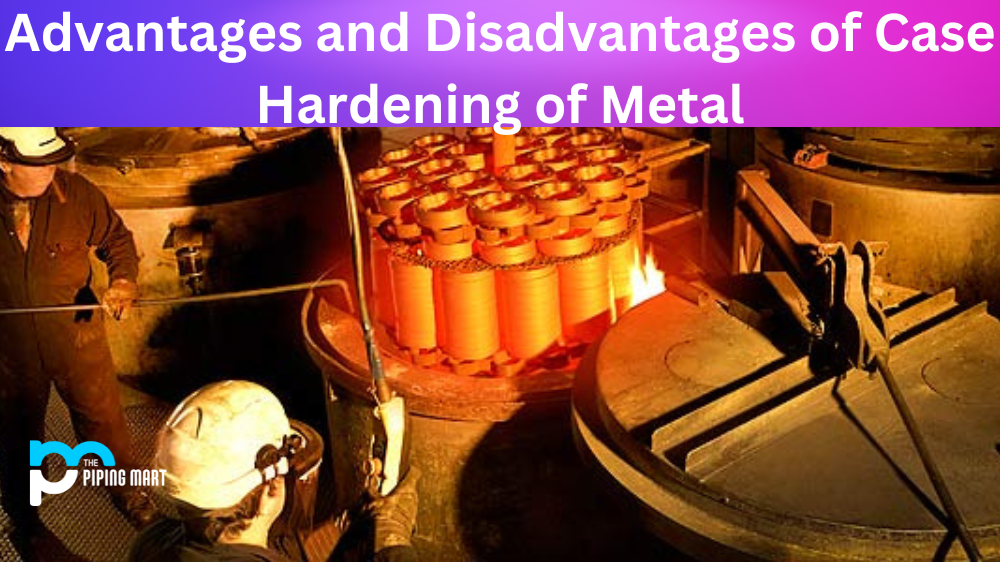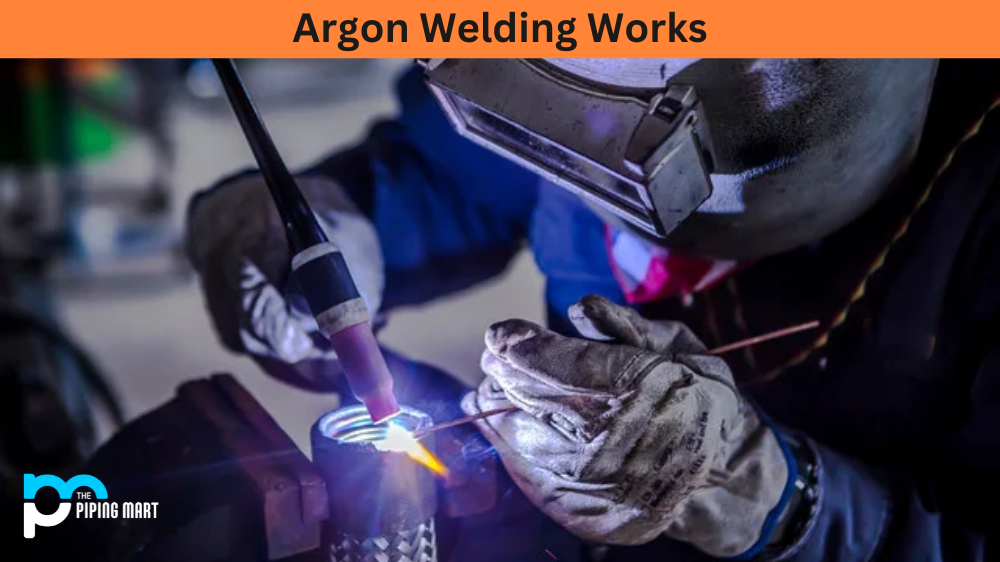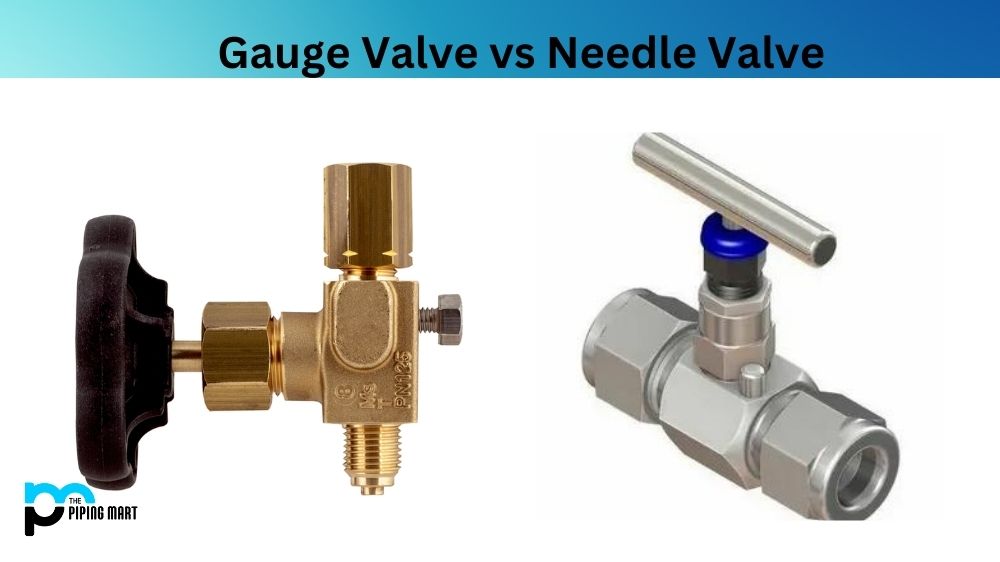Case hardening is the process of hardening the surface of a metal object while leaving the core softer. This is done by infusing carbon into the surface of the metal at high temperatures. The carbon diffuses into the metal, making it harder. Case hardening is often used on objects that need to be strong but also need to be able to withstand bending, such as gears.
Advantages of Case Hardening of Metal
Case hardening is a metal treatment process that has been used for centuries to improve the performance and durability of metal components. By infusing case-hardened steel with carbon, components are strengthened against wear and abrasion. Other benefits of this process include increased corrosion resistance and better crack resistance. The heat generated during the infusion produces a harder yet flexible outer layer on the metal part, making it able to withstand deformation under stress much better than untreated metal. It also creates a more luxurious finish which can add aesthetic value. This versatile technique is particularly useful in applications that require very strong parts, such as engines and gearboxes, but can be applied to a variety of metals, including iron, brass, aluminium, and titanium alloys.
- The surface of the object becomes very hard, making it resistant to wear and tear.
- Since the core remains soft, it can still undergo bending without breaking.
- Case hardening can be used on a variety of metals, including steel, iron, and aluminium.
- It is a relatively inexpensive process.
Disadvantages of Case Hardening of Metal
Case hardening metal is touted as a cost-saving business practice, but it does come with drawbacks. Case-hardened metals are not as durable as unhardened metals and can be subject to fatigue or shock cracking. This process often involves the use of toxic materials in the form of acids, wood ash, and other types of chemical additives. Not only are these materials hazardous to human health, but the fumes from them can be damaging to equipment and workers in confined spaces. This process also requires extra attention over the course of hours (or even days), so labor costs tend to be higher due to longer processing times. Despite its perceived benefits, case hardening metal cannot deliver on all promises as a manufacturing practice and may come with more costs than anticipated.
- The object may become too brittle and break easily if not done correctly.
- The process must be carefully monitored so that the correct amount of carbon is infused into the metal. Too little carbon will result in a weaker object, and too much carbon will make the object too brittle.
- If not done correctly, case hardening can make an object more susceptible to corrosion.
- Objects that have been case-hardened are more difficult to weld than those that have not undergone the process.
Conclusion:
Case hardening can be a great way to increase the strength and durability of a metal object. However, it is important to be aware of the potential disadvantages before deciding whether or not to case harden an object. If done correctly, case hardening can give your metal objects increased strength and resistance to wear and tear.

A passionate metal industry expert and blogger. With over 5 years of experience in the field, Palak brings a wealth of knowledge and insight to her writing. Whether discussing the latest trends in the metal industry or sharing tips, she is dedicated to helping others succeed in the metal industry.




